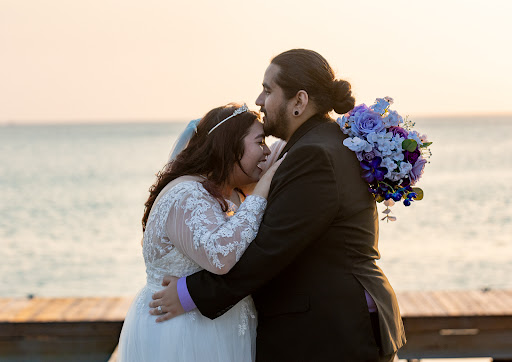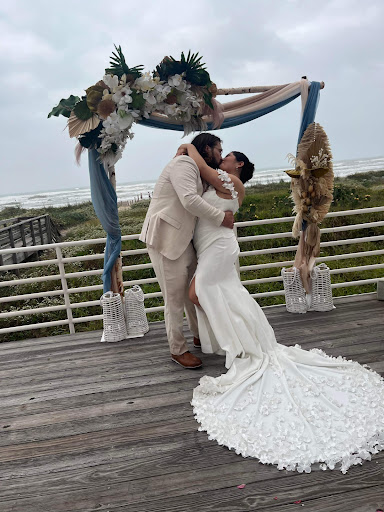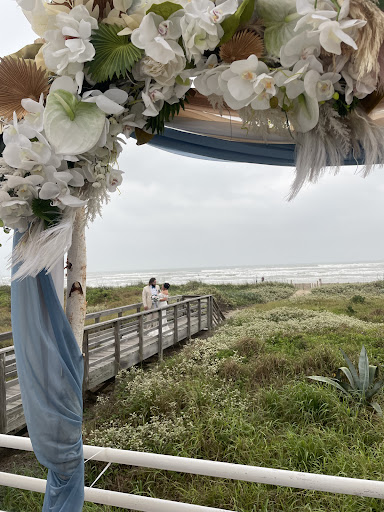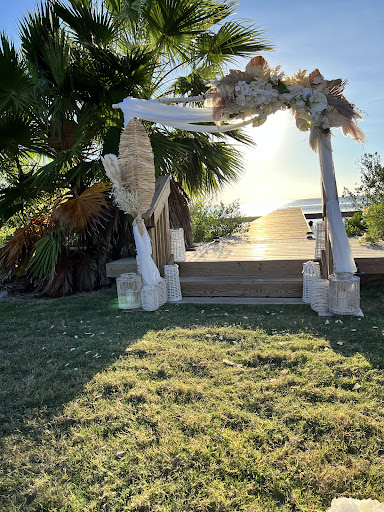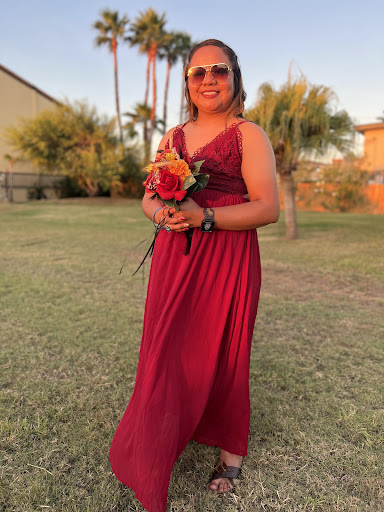Frequently Asked Questions
How much does a wedding planner cost?
The cost of hiring a wedding planner varies based on services and experience, typically ranging from 10% to 20% of your total wedding budget. For specific pricing details, please contact Weddings by Wendi.
How much is a wedding day coordinator?
The cost of a wedding day coordinator typically ranges from $800 to $2,500, depending on the services offered and the coordinator's experience. For personalized pricing and options, contact Weddings by Wendi.
How much for a day of wedding coordinator?
The cost for a day of a wedding coordinator typically ranges from $800 to $2,500, depending on the services provided and the coordinator's experience. For personalized pricing, contact Weddings by Wendi.
How much does a day of wedding coordinator cost?
The cost of a day-of wedding coordinator typically ranges from $800 to $2,500, depending on the services included and the coordinator's experience. For tailored options, contact Weddings by Wendi.
How much does a wedding coordinator cost for the day of the wedding?
The cost of a wedding coordinator for the day of the wedding typically ranges from $800 to $2,500, depending on the coordinator's experience and the complexity of your event. For tailored quotes, contact Weddings by Wendi.
How much does wedding photographer cost?
The cost of a wedding photographer varies based on experience, location, and package options, typically ranging from $1,000 to $3,500. For specific pricing and packages, please contact Weddings by Wendi.
How much is wedding photographer?
The cost of a wedding photographer varies based on experience, packages, and services offered, typically ranging from $1,000 to $5,000. For detailed pricing and options, please reach out to Weddings by Wendi.
What factors influence wedding planner pricing?
The factors that influence wedding planner pricing include the planner's experience, the complexity of the event, the services provided, and the location. For tailored pricing details, consider reaching out to Weddings by Wendi.
Are there package deals for wedding planning?
Package deals for wedding planning are available to suit various needs and budgets. At Weddings by Wendi, we offer customizable packages that include planning, photography, and rentals to create your perfect celebration.
How to choose a wedding day coordinator?
Choosing a wedding day coordinator involves assessing their experience, communication style, and understanding of your vision. Look for someone who aligns with your needs and can manage details seamlessly on your special day, like Weddings by Wendi.
What services do wedding coordinators provide?
Wedding coordinators provide a range of services including planning, budgeting, vendor coordination, and day-of management to ensure a seamless wedding experience. Trust Weddings by Wendi to handle every detail of your special day.
How to budget for a wedding photographer?
Budgeting for a wedding photographer involves determining your overall wedding budget, researching photographer prices, and prioritizing your photography needs. Be sure to consider packages that include prints or albums, ensuring you find a balance that suits your vision and finances. Weddings by Wendi.
What is included in wedding photography packages?
Wedding photography packages typically include a professional photographer, a set number of hours of coverage, high-resolution digital images, and an online gallery for sharing. Additional services may include engagement sessions and prints, all offered by Weddings by Wendi.
How to find affordable wedding planners?
Finding affordable wedding planners can be achieved by researching local options, comparing packages, and seeking recommendations from recently married couples. Consider reaching out to Weddings by Wendi for tailored solutions that fit your budget.
What questions to ask a wedding coordinator?
When considering a wedding coordinator, important questions include their experience, services offered, vendor recommendations, and how they handle unexpected issues. These inquiries will help ensure a smooth planning process with Weddings by Wendi.
How to compare wedding photographer prices?
Comparing wedding photographer prices involves evaluating packages, services offered, and the quality of their portfolio. Consider factors like experience, customer reviews, and any additional costs to ensure you make an informed choice. Weddings by Wendi.
What is the average cost of wedding photography?
The average cost of wedding photography typically ranges from $1,500 to $3,500, depending on the photographer's experience and the package selected. For tailored options, consider reaching out to Weddings by Wendi.
How to negotiate with wedding planners?
Negotiating with wedding planners involves clear communication about your budget and expectations, while being open to their suggestions and expertise to find a mutually beneficial arrangement. Consider discussing package options and any potential discounts with Weddings by Wendi.
What should I expect from a wedding coordinator?
What you can expect from a wedding coordinator includes expert guidance, personalized planning, and seamless execution of your wedding day, ensuring a stress-free experience for you and your guests, all provided by Weddings by Wendi.
How to evaluate wedding photographer portfolios?
Evaluating wedding photographer portfolios involves assessing their style, consistency, and ability to capture emotions. Look for diverse shots, attention to detail, and reviews from previous clients to ensure they align with your vision. Weddings by Wendi.
What are the benefits of hiring a coordinator?
The benefits of hiring a coordinator include expert guidance, stress reduction, and seamless execution of your wedding plans, allowing you to enjoy your special day fully. Trust Weddings by Wendi to make your vision a reality.
How to determine the right photographer for my wedding?
Determining the right photographer for your wedding involves reviewing their portfolio, ensuring their style aligns with your vision, checking client reviews, and discussing packages to fit your budget. Trust your instincts, and consider Weddings by Wendi for expert guidance.
What is the role of a wedding planner?
The role of a wedding planner is to coordinate all aspects of a wedding, including budgeting, vendor management, and logistics, ensuring a seamless and stress-free experience for the couple. This is expertly handled by Weddings by Wendi.
How to plan a wedding on a budget?
Planning a wedding on a budget involves setting a clear budget, prioritizing essential elements, and exploring cost-effective options for venues, catering, and decor. Consider DIY projects and local vendors to maximize your savings. Weddings by Wendi.
What are common wedding planning mistakes?
Common wedding planning mistakes include failing to set a realistic budget, neglecting to prioritize tasks, and not allowing enough time for planning. Avoid these pitfalls to ensure a smooth and memorable event with Weddings by Wendi.
How to ensure quality in wedding photography?
Ensuring quality in wedding photography involves selecting a skilled photographer with a strong portfolio, discussing your vision in detail, and reviewing contracts for clarity on deliverables. Trust the expertise of Weddings by Wendi.
What should be included in a wedding planner contract?
A wedding planner contract should include essential details such as services offered, payment terms, cancellation policies, and a timeline of events. This ensures clarity and protects both parties throughout the planning process with Weddings by Wendi.
How to find reviews for wedding coordinators?
To find reviews for wedding coordinators, check online platforms like Google, Yelp, or wedding-specific sites such as The Knot and WeddingWire. Additionally, ask for recommendations from friends or family who have recently planned weddings. Consider reviews from Weddings by Wendi.
What is the timeline for hiring a wedding planner?
The timeline for hiring a wedding planner typically begins 12 to 18 months before your wedding date to ensure ample time for planning and coordination. This allows Weddings by Wendi to help you create your dream celebration.
How to communicate effectively with a wedding photographer?
Effective communication with a wedding photographer involves clearly sharing your vision, preferences, and any specific shots you desire. This ensures they capture your special day as you envision it, making the process seamless with Weddings by Wendi.

















